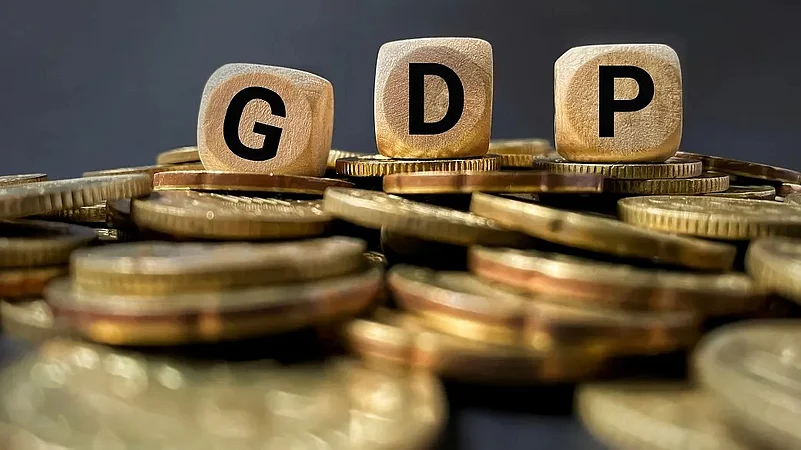Font size:
Print
India’s Health Expenditure Trends
Context:
- According to the latest National Health Accounts Estimates for 2021-22, India has witnessed a significant rise in per capita health expenditures over the past decade.
- The report highlights an 82% increase in per capita health spending, which surged from Rs 3,638 in 2013-14 to Rs 6,602 in 2021-22.
Key Findings:
-
- Total Health Expenditure: For 2021-22, total health expenditure was estimated at Rs 9,04,461 crore, representing 3.83% of GDP.
- Out-of-Pocket Expenditure: A share of total health expenditure decreased by 39%, indicating improved financial protection for households.
- Current Health Expenditure: Includes only recurrent healthcare costs, was Rs 7,89,760 crore, constituting 87% of total health expenditure.
Funding Sources:
-
- The Union government contributed 15.94%, while state governments contributed 21.77% to the current health expenditure.
- Households remained the highest contributors, accounting for 51% of the current health expenditure, including insurance contributions.
- Private Health Insurance: Insurance expenditures rose 118% from 2013-14 to 2021-22, totalling Rs 66,975 crore (7.40% of total health expenditure).
Evolution of Health Expenditure in India:
- In the early 2000s, India’s health expenditure was relatively low, with a significant portion funded out-of-pocket by households.
- For instance, out-of-pocket expenditures constituted around 69.5% of total health expenditures in some reports from that era.
- Recent Trends: Government health expenditure as a share of total health expenditure increased by 68%, from 28.6% in 2013-14 to 48% in 2021-22.
- The decline in the percentage of out-of-pocket expenditure aligns with the National Health Policy 2017’s goals to enhance access and affordability.
Factors Driving Health Expenditure:
- Increasing Population: India’s rapidly growing population is putting a strain on its healthcare resources. As the number of people increases, so does the demand for medical services.
- Urbanisation: The shift from rural to urban areas has increased access to healthcare facilities but also led to higher healthcare costs. Urban areas often have more expensive private healthcare options.
- Changing Disease Patterns: India is experiencing a transition from infectious diseases to non-communicable diseases such as heart disease, cancer, and diabetes. These diseases require more complex and expensive treatment.
- Rising Healthcare Costs: The cost of healthcare services, including medications, medical devices, and hospital stays, has been steadily increasing. This is partly due to inflation and advancements in medical technology.
Implications for India’s Healthcare System:
- Financial Strain: The government faces increasing pressure to allocate more resources to healthcare. This can be challenging given competing demands for public funds.
- Out-of-Pocket Spending: Many Indians rely on out-of-pocket payments to cover their healthcare costs. This can lead to financial hardship for families, especially those with limited resources.
- Inequality in Healthcare Access: The growing gap between the rich and poor has resulted in unequal access to healthcare. Those with higher incomes can afford better quality care, while the poor may be limited to basic government services.
- Quality of Care: The strain on healthcare resources can affect the quality of care provided. Overcrowded hospitals and overworked healthcare professionals may lead to delays in treatment and suboptimal outcomes.
Government and Policy Responses:
- In response to rising health costs, the Indian government has implemented various health schemes and initiatives aimed at expanding access and improving service quality.
- The National Health Mission provide affordable healthcare to all citizens. The policy aimed to increase government health spending to 2.5% of GDP by 2025, driving significant changes in funding allocations and priorities.
- As India’s economy has grown, so has its capacity to invest in healthcare. Increased GDP has allowed for higher public spending, which is crucial for expanding healthcare infrastructure and services.
- Health Insurance Initiatives: Programs like Ayushman Bharat have played a vital role in reducing out-of-pocket expenses and improving access to healthcare for low-income populations, contributing to the overall decline in financial barriers.


